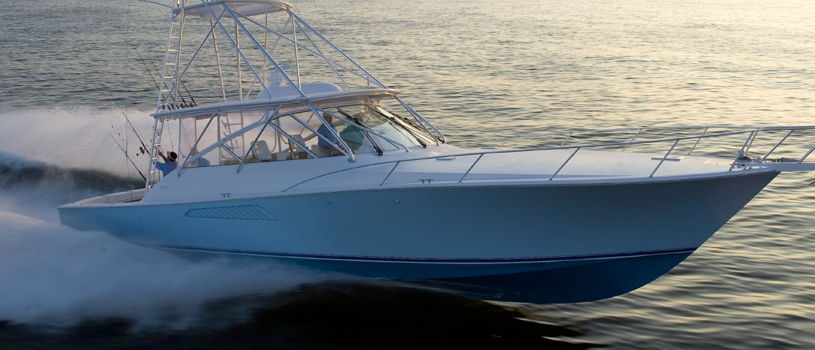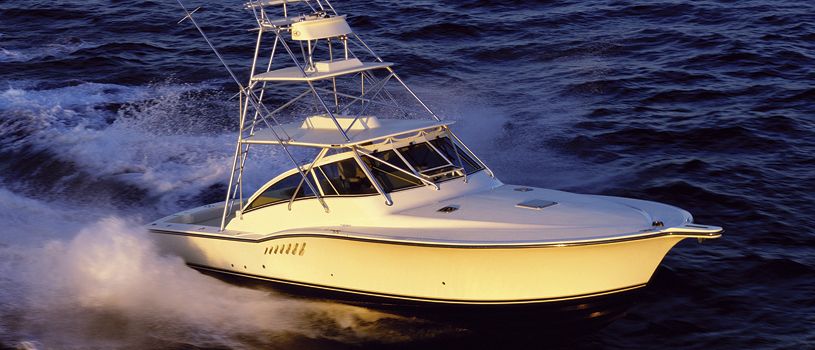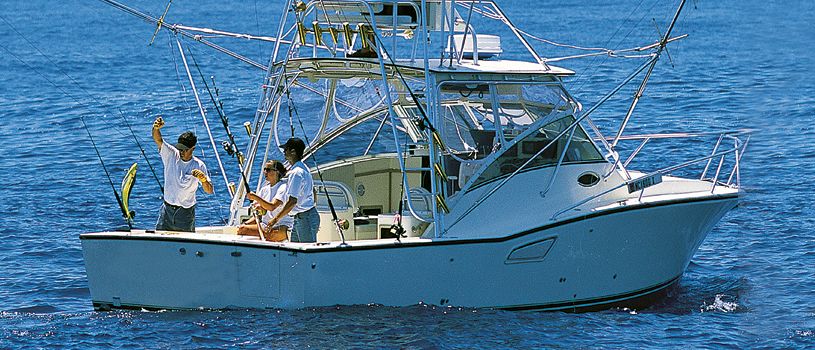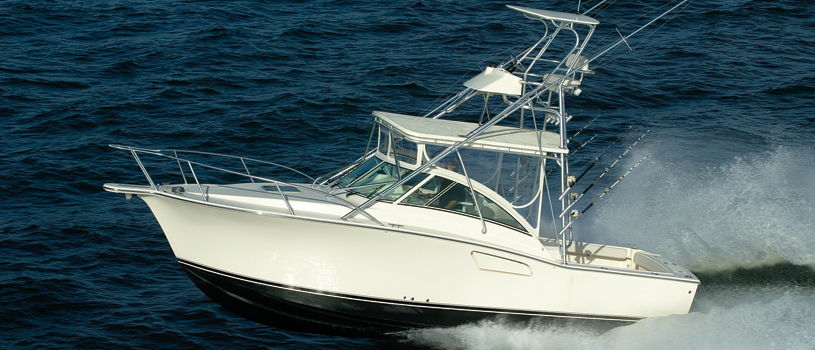sportfishing boats
Sportfishing boats are ready for the biggest fishing adventures an owner throws their way. Capable of travelling to deep ocean waters, these offshore “battlewagons” are equipped with towers (making it easier to spot fish), outriggers (long poles that extend fishing line away from the boat), cavernous fish lockers, aerated livewells (for live bait or live catches) and freezers (for frozen bait or ice), fighting chairs in the main deck area, or “cockpit”, and an abundance of rodholders. The goal? To pursue, catch and boat big-game fish like tuna, sailfish and marlin. Below, sportfishing boats have the goods to make it a multi-day excursion, including berths (beds), galleys (kitchens), heads (bathrooms), and air conditioning.
Learn more about …
Quick Stats
- saltwater fishing
- overnight cruising
- day cruising
- N/A Max
- 11.6 - 30.5 m (38 - 100 ft)
- inboard engine
- not trailerable
Boat Brands & Manufacturers
Dealers and Manufacturers
Sign up to receive information from dealers and manufacturers on various boat types and models.
Contact Dealers and Manufacturers* Price Range varies depending on size, make and model of the boat.











